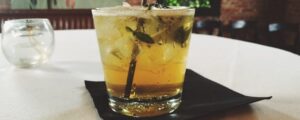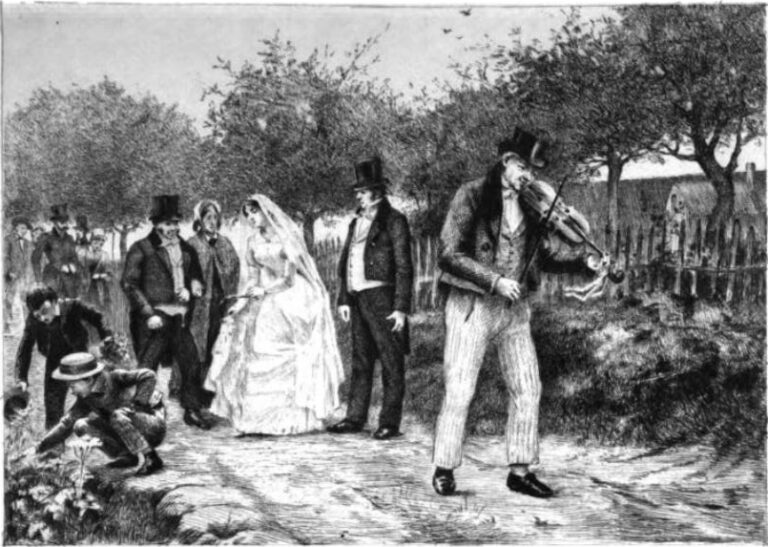Literary Meals & Cocktails for the Summer

Maybe it’s because I’m always hungry, but meals have always been some of the most memorable scenes in books. I drink tea from a porcelain tea cup while reading Oscar Wilde, and crave fried okra or salt pork between readings of Faulkner and Harper Lee. We think of accessing literature through our eyes, by reading, but food is simply another way of reaching it, and through the tongue.
The Great Gatsby
“Open the whiskey, Tom,” she ordered, “and I’ll make you a mint julep.”
Daisy Buchanan was originally from Louisville, so it’s no surprise that she could make a mean Mint Julep, which is not unlike a Southern version of a good Mojito. Although a Mint Julep is traditionally made with bourbon, I once had a version during lunch at Nordstrom made with whiskey, which they called a Nor’easter. This is an appropriate name, since the liquor ratio in this drink will probably knock you to your feet.
Mint Juleps are associated with excess, which is likely why Daisy would be attracted to the drink. It was also one of the most fashionable drinks during Prohibition, presumably because it required minimal preparation in the choice of liquor: one type, and lots of it. In one scene from The Great Gatsby, Daisy suggests during a sweltering day that she and the group hire five bathrooms and take colds baths while drinking Mint Juleps; like the silver cup a Mint Julep is traditionally served in, a bathtub would have kept ice cold and clinking for a longer time.
After mixing the drink, sit back and fan yourself with the wide brim of a Kentucky Derby hat.
On the Road
“I ate apple pie and ice cream — it was getting better as I got deeper into Iowa, the pie bigger, the ice cream richer.”
Jack Kerouac was a comfort food eater, although it’s hard to blame his autobiographical character for turning to a warm slice of apple pie on the lonely, flat roads to the West. Entire paragraphs of On the Road idealize meals like Olympian feasts. In San Francisco, the bluefish spangle menus look good enough to eat, and the smell of boiled butter crab rolls across the air like an ocean wave.
I drove from Boston to Los Angeles a few summers ago on a limited budget and decided I’d eat my meals in the style of Sal. I didn’t want to look at an apple pie for weeks after the trip, but I’ve been craving the treat lately. Surprisingly, the hardest part of making an apple pie isn’t the dough, but preparing the apples because of the time they take to peel and core. I recommend making apple pie during the fall, when you can pick your own or buy them from the grocery store in abundance for almost nothing.
The Bell Jar
“Then I tackled the avocado and crabmeat salad…Every Sunday my grandfather used to bring me an avocado pear hidden at the bottom of his briefcase under six soiled shirts and the Sunday comic.”
The Ladies’ Day luncheon is one of the most memorable scenes in Sylvia Plath’s novel. What’s so wonderful about the meal is it’s so colorful, and that it’s vaguely reminiscent of the ambrosia salad from the Edward Scissorhands barbecue. Color is especially important in this dish, but also this scene, where it seems everything is starting to become surreal. During a Technicolor movie following the lunch, Esther Greenwood and her friend Doreen realize they have food poisoning; the color in the movie in this scene is saturated with a note of the surreal, and continues into a fever dream back at their room at a boarding house. Unfortunately for Esther, the rest of her summer in New York is more of a grey slate overcast by an undiagnosed mental illness.
While Esther argues that the crabmeat is plain compared to the avocado and grape jelly mix her grandfather used to make, the Ladies’ Day meal can be just as good by adding a dollop of dijon mustard.
This meal is best served on a plate of cut glass and eaten daintily while wearing white kid gloves.


